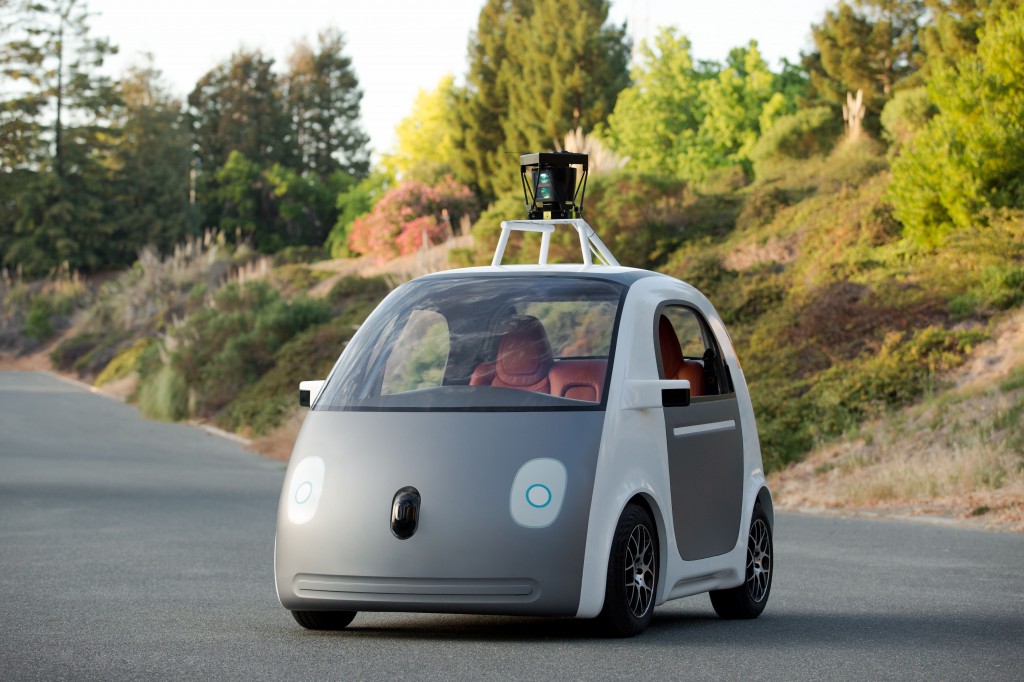TOP 10 BLOGS 2015: GOOGLE CARS TO CAUSE A PARADIGM SHIFT IN THE AUTOMOTIVE INDUSTRY?
December 31, 2015
As we come to the end of 2015 today, let’s look at the Top Blog of 2015!
At the last CES held in Las Vegas, Google introduced solutions that could revolutionize all industries related to mobility.
Google has a huge lead over other automakers with its Google car. First, the reliability of a driving-related software / technology can only be established after it covers millions of kilometers. And, in 2013, Google had already covered a million miles on American roads with its fleet of 25 autonomous cars, much before all other constructors. The second key advantage and differentiator, in addition to embedded sensors, is Google’s ability to provide a system of mapping in 3D, allowing a very accurate identification of car position (with GPS 2D, the uncertainty is 7 meters, which is insufficient in terms of secure driving). Google Maps has, now, mapped one third of the paved roads in the world, against about 7% for Nokia Here, its first competitor! Finally, facing Google, automotive industry advances in a dispersed order.more–>
If Google has the ambition to propose the Google car on a free sharing basis (a reasonable assumption), this will have a very big impact on the entire automotive industry. The development of the autonomous car on free sharing basis will affect the sale of vehicles (and therefore all actors in the chain, up to insurers). It will also represent a new alternative solution to traditional transportation (bus, tramway, subway, small distance trains). The automotive sector provides 10 million jobs in Europe, mainly in distribution networks, repairing, insurance and infrastructure. So, autonomous cars might lead to millions of job losses!
The passage to the autonomous car, following the Google business model, therefore, represents a full paradigm shift for the entire sector. And time is running out for the automotive industry to organize itself, because Google has already announced that it will be able to industrialize this car before 2020, i.e. only five years from now!
However, it will bring undeniable benefits to the society as a whole, by allowing the transition from an economy based on possession to an economy based on the usage. This will be more favorable to sustainable development, by reducing road accidents, by ensuring the autonomy of the elderly and disabled, as well as by freeing valuable time that’s devoted to the conduct, today.
After all, a medal always has two sides!
References:
- Franck Casenave, Stop Google, Pearsonn edition, 2014

 English | EN
English | EN 
